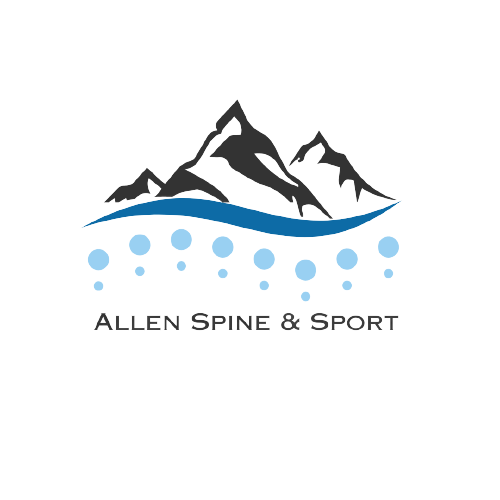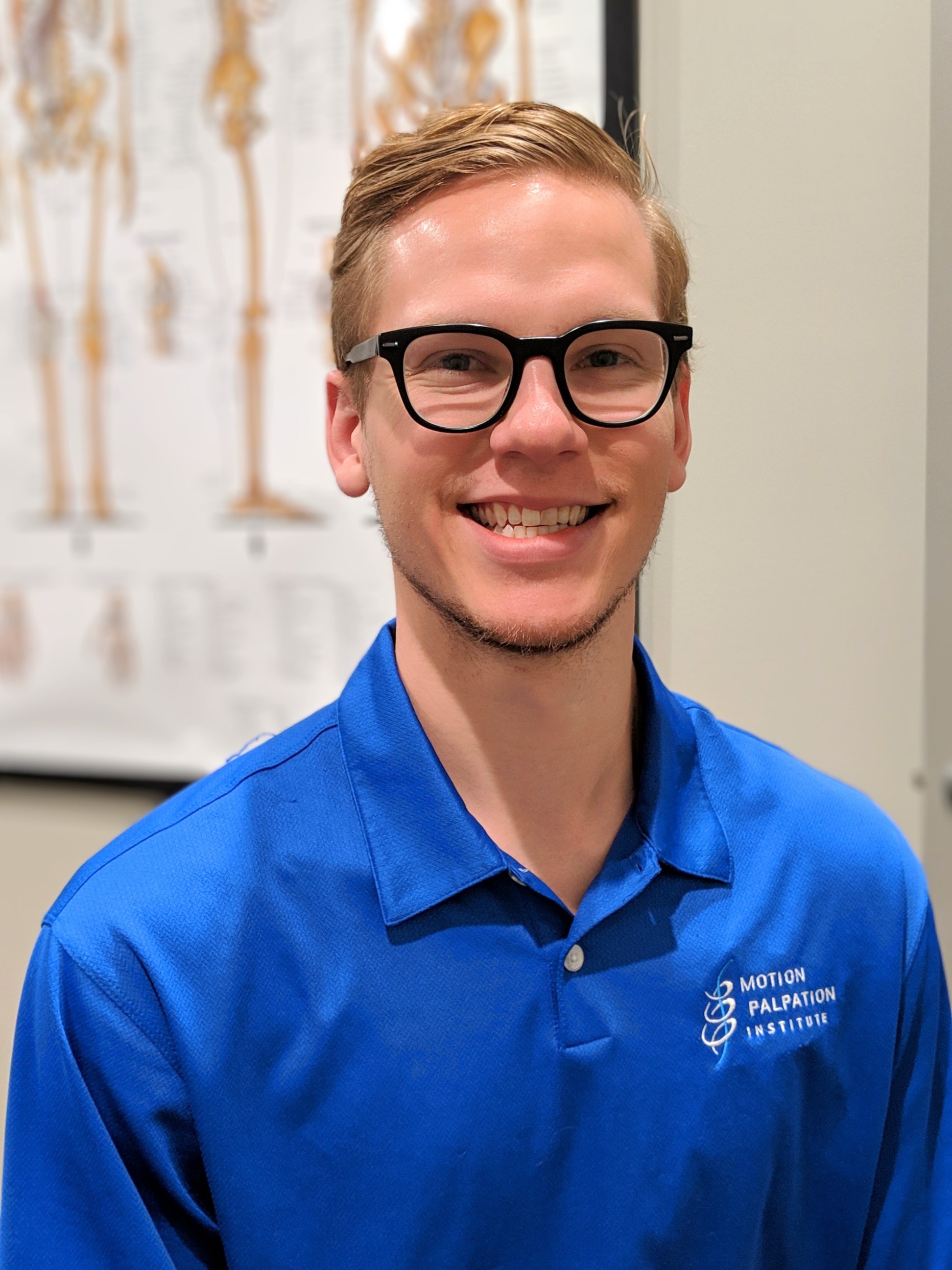Local Auto Accident Chiropractor in Denver Tech Center (DTC)
What are some common musculoskeletal injuries from an auto accident?
1. Whiplash
Whiplash is a common injury that results from an auto accident and involves the cervical spine. The cervical spine is the part of the spine that supports the head and neck and is surrounded and protected by ligaments, muscles and tendons. A whiplash injury involves a rapid acceleration and deceleration movement of the neck and often resultant sprain of the cervical ligaments and strain of the cervical muscles and tendons. This type of injury can result in significant neck pain as well as headaches.
2. Lumbar sprain/strain
The lumbar spine is the part of the spine that supports the lower back. The associated ligaments, muscles and tendons can also undergo sprain or strain with an auto accident. Depending on the intensity and severity of the car accident, the jarring movements of the body and impact of an air bag and seat belt can affect the lumbar spine and cause low back pain and/or tightness.
3. Disc herniations or discogenic pain
There are several different degrees of intervertebral disc (IVD) herniations, and they happen most often in the lumbar and cervical spine and less commonly in the thoracic spine. A thorough examination is required when there is thought to be a disc herniation, as sometimes a referral to another specialist is needed. This is especially in the event of worsening neurological signs. Many times though, a disc herniation or disc “bulge” can be managed conservatively with spinal and extraspinal adjustments, soft tissue therapy and specific repetitive movements and exercises. When a disc herniates or “bulges,” it creates inflammation and irritation around nerves, which are very sensitive. This results in a specific distribution of pain and other symptoms in a certain pattern. Its very important to be examined after a car accident for potential discogenic injury.
4. Extremity injuries and/or bruises
Some common extremities that can become injured as a result of an auto accident include the knee, hip, shoulder, wrist and ankle. The knee can be injured from compression as the foot is planted on the brake or against the floor of the car upon impact. A very similar mechanism of injury can occur with the hip. The shoulder can become compressed and damage to the posterior capsule can occur if the hand is gripped onto the steering wheel upon impact. The wrist and ankle can be twisted, bruised or compressed as well.
How can chiropractors help?
1. Spinal and extremity manipulation
Spinal manipulation is an extremely effective treatment for improvement of movement restrictions in any area of the spine, as well as for relaxation of the spinal musculature. Chiropractors receive the highest level of training in spinal manipulation and can provide a very effective treatment in combination with the modalities described below. Extremity manipulation involves improving the joint movement of the extremities rather than the spine. This is another effective treatment injuries related to an auto accident, especially those involving an extremity.
2. Soft tissue/muscular therapies
Soft tissue therapies describes work to the muscles, tendons and ligaments of a given area. This can involve use of the chiropractors hands, knuckles, elbows or a tool, often a metal instrument, to break up myofascial adhesions and bring blood flow to the area to stimulate the healing process.
3. Dry Needling
Dry needling has two main treatment uses: trigger points and blood flow for healing. With treatment of trigger points, we find “tight spots” in muscles that can contribute to pain and dysfunction. We then insert very thin microfilament needles into those trigger points. The process re-orients the covering of the muscle (fascia) and results in the muscle relaxing and removal of the trigger point. For the goal of increasing blood flow, needle insertion restarts the inflammatory process and brings more blood to the area for healing. This process can be thought of as a “controlled re-injury.” Dry needling can result in slight soreness but nothing that should last more than a day or two. The process overall involves very little pain when done efficiently.
4. Therapeutic Exercises
Therapeutic exercises performed and prescribed have two main goals: activate deep phasic stabilization muscles that are commonly inactive or weak, and to neurologically relax or “shut down” muscles that are chronically tight and hold tension. There is no more effective method of achieving this than through Dynamic Neuromuscular Stabilization (DNS) exercises. Dr. Forrest is fully trained and certified as both a practitioner and exercise trainer in DNS.
Dr. Forrest Allen is a sports chiropractor and co-owner at Allen Spine and Sport. He has a passion for integrating spinal and extremity joint manipulation, manual therapies like dry needling, fascial manipulation, etc., and rehabilitative exercises founded in Dynamic Neuromuscular Stabilization (DNS). Visit our website and give our office a call!






